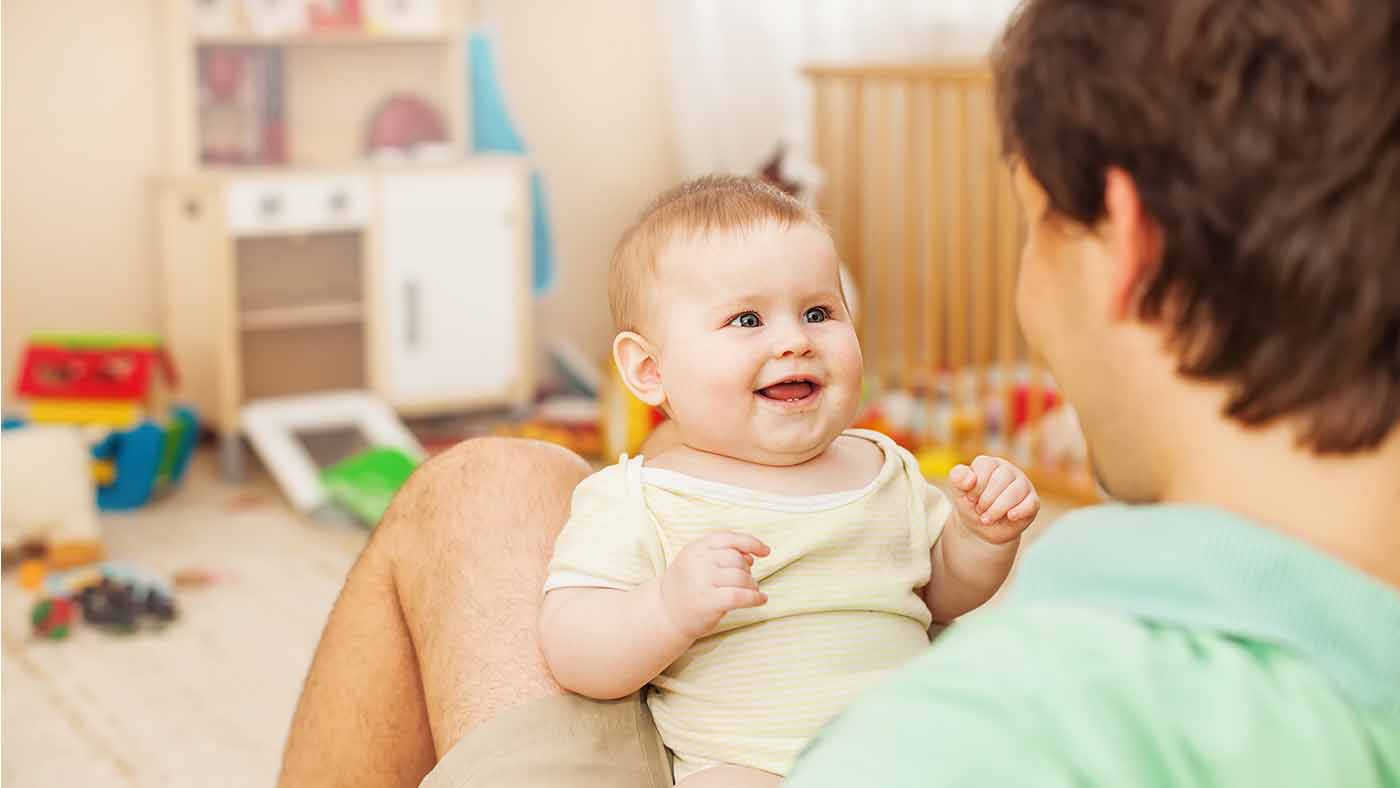The still face experiment and what it tells us about talking to your baby

Your baby's smiles and coos probably give you all the encouragement you need to keep chatting. But it's good to know that these conversations support your baby's development. When you smile and talk to them, they learn how to have a chat and make friends. And even if you can't respond straight away every time, waiting for a moment helps them to develop resilience. The still face experiments tell us more about the importance of these early interactions.
The still face paradigm is an experimental design first developed in the late 1970s to see if babies were active participants in communication. In research using this approach, scientists watch babies during three different interactions with an adult. First, the adult responds as they usually would, then they interrupt the interaction, keeping their face still or neutral, before returning to their usual interaction.
In the years since this study was designed, it has been repeated many times as researchers explore if and how interactions vary between babies.
How babies respond to the ways adults interact with them
In an analysis of studies in 2009, it was found that babies smile less and make less eye-contact during the period when the adult keeps their face still or neutral.[1] When the expected interaction is started again, babies made a little more eye contact. However, they continue to show what the scientists call ‘negative affect’, which means the babies continue to show some signs of distress.
These studies show the importance of the interactions your baby has with the adults who care for them. Researchers don’t suggest that this means you need to constantly interact with your baby.
Your baby's stress response
In fact, some suggest that not always responding immediately supports your baby to manage stress. This is because when you don’t respond straight away, in a situation where your baby feels supported and secure, they experience a manageable stress response. This response helps them to develop the ability to regulate their responses to stressful situations.
Chatting without distractions
If you are wondering about how to support your baby’s social and language development, a really great way to do this is to make time to chat with them with as few distractions as possible. Respond when they show they would like to interact. When you respond to them you help them to understand communication and conversation, as they are learning how to start a conversation.
References:
[1] Mesman, J., van IJzendoorn, M. H., & Bakermans-Kranenburg, M. J. (2009). ‘The many faces of the still-face paradigm: A review and meta-analysis'. Developmental Review, 29(2), 120–162.